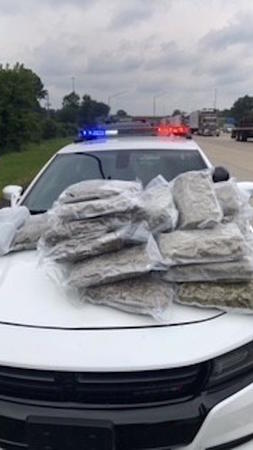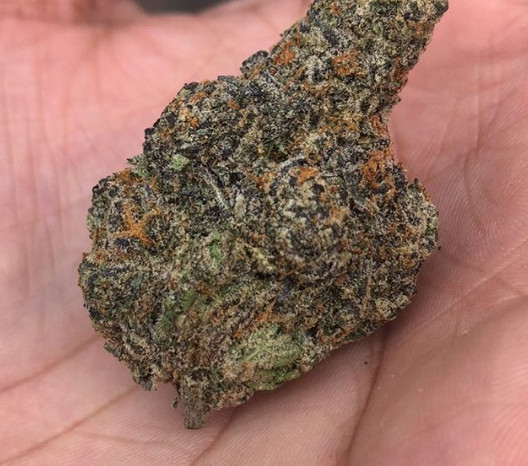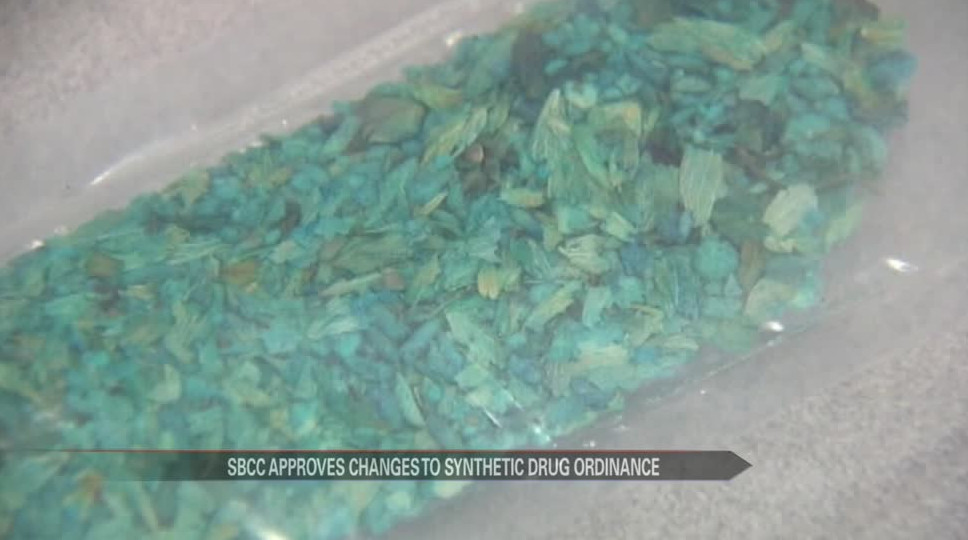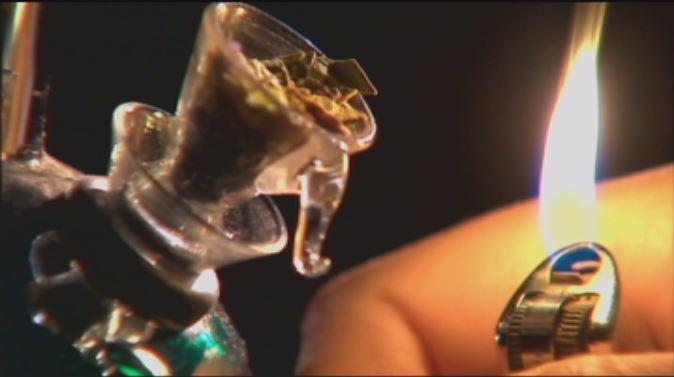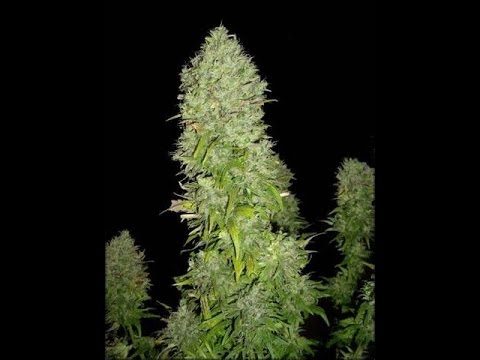A teen suffers third-degree burns after a brief encounter with a giant hogweed while gardening for his summer job.
What are the safety reminders to keep in mind when trying to identify or remove a giant hogweed?
Teen’s Third-Degree Burns
This past week, 17-year-old Virginia teen Alex Childress was working on his summer job when he cut down what looked like a simple weed, which brushed briefly on his face and arm. Later that day, the top layer of skin on his face began to peel off in what he thought to be a bad sunburn.
The family soon learned that Alex apparently suffered second and third-degree burns likely from his earlier encounter with giant hogweed, and so he had to be treated at a burn unit. Though he has been released from the hospital, he cannot be exposed to the sun within two to six months, and the skin on his face may remain sensitive to light for up to two years.
Federal Noxious Plant
Alex experienced all of this from a very brief encounter with a plant that’s listed as a Federal Noxious Weed under the Plant Protection Act. In fact, it is illegal to transport or import the plant between states without a permit, but the plant still persists in various states and counties because of its invasive nature.
As mentioned, the giant hogweed is federally listed as a dangerous, noxious plant, and this is because contact with its sap can cause the skin to be extra sensitive to sunlight, causing the skin to begin to burn within 15 minutes after contact. Just like Alex’s case, this could lead to longer term light sensitivity even after the skin has begun to heal. What’s more, it can even cause blindness if it gets in contact with the eyes.
Giant Hogweed Identification
How can one safely identify and remove a giant hogweed plant? First and foremost, it’s important to remember to wear protective clothing when attempting to identify or remove the giant hogweed. This may include any attire that covers exposed flesh, and even goggles to protect the eyes from possible sap exposure.
The giant hogweed looks fairly similar to other plants like the Queen Anne’s lace and cow parsnip, but it has several distinguishing features. Its most defining feature, which is also why some people have deliberately planted the giant hogweed in their gardens, is its cluster of often white flowers at the very top of the plant, and its massive size as it can grow up to 15 feet.
The base of the plant has massive leaves that may come in different shapes and sizes, which vary depending on the stage of the plant’s life. Eventually, these leaves develop into deeply incised leaves that can measure up to 5 feet in width.
Its hollow stem that can have a diameter of up to 4 inches is green in color, but with distinguishing purple blotches and white hairs.
Safely Remove Giant Hogweed
As mentioned, wearing protective gear is rather important when dealing with giant hogweed. Its sap is in all portions of the plant, so it’s very important to not cut off the plant, whether by a lawn mower or any other cutting tool, as this may cause the sap to spray. Furthermore, this would only remove the top of the plant but will keep the roots for another growth.
To remove the giant hogweed, one may dig up the plant to remove it roots and all. It’s important to remove all the roots, however, to prevent regrowth and to throw the flowerheads in trash bins so that the seeds will not fall and spread. Again, this must be done with extreme caution as it entails directly handling the plant.
It’s also possible to spray the giant hogweed with herbicides, but this approach takes quite a while to kill the plant. In fact, most research suggests it takes about five years of intensive management to fully eradicate it.
It’s worth noting that contacting authorities is important when attempting to identify and remove giant hogweed, so as to inform them of the find, as well as for information on spray recommendations.
Credit: www.techtimes.com


